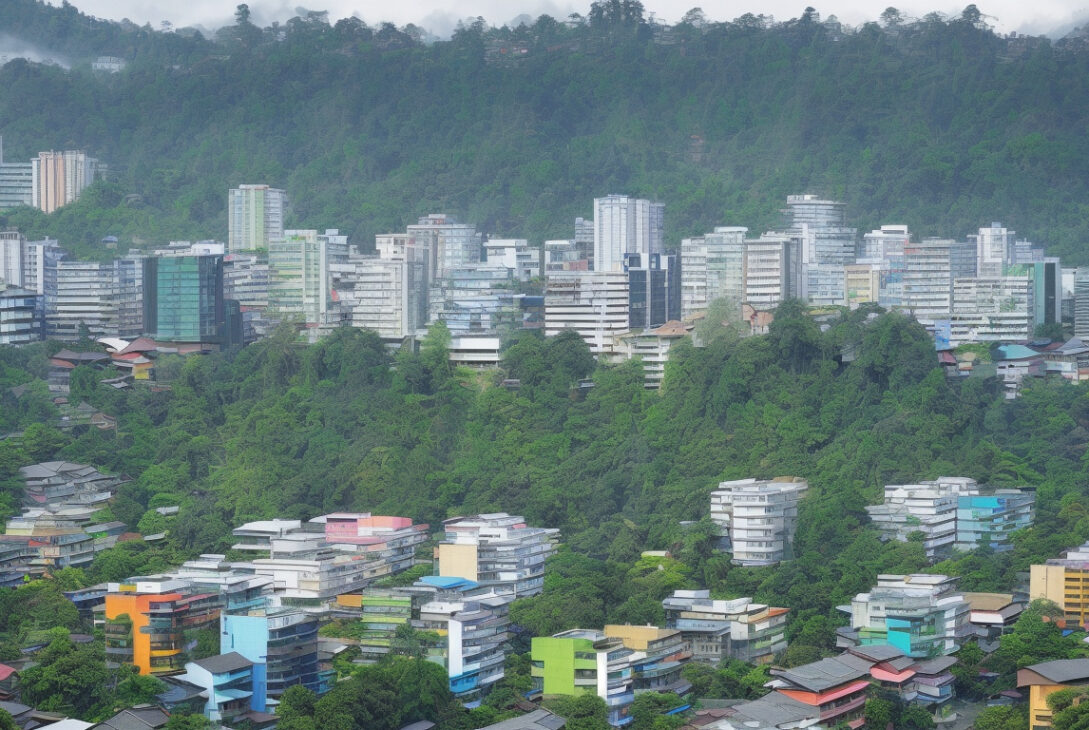Bandung: A Thriving Hub of Creativity, Design, and Technology Driving Economic Growth
Bandung, a vibrant city nestled in the highlands of West Java province, Indonesia, has long been celebrated as the nation’s creative heartland. Known for its rich historical legacy, dynamic cultural scene, and youthful vitality fueled by numerous universities, Bandung is steadily solidifying its reputation as the “design city” of Southeast Asia.
Indonesia’s First UNESCO Creative City of Design
In a landmark achievement in 2015, Bandung was officially recognized by UNESCO as a member of the Creative Cities Network (UCCN) in the field of design, becoming Indonesia’s first city to receive this prestigious designation. This international recognition not only brings pride to the city but also sets a strategic course for Bandung to harness creativity, design, and technology as fundamental drivers of economic growth and sustainable development.
Dr. Prananda Malasan, a design expert from the Bandung Institute of Technology (ITB), explained in an interview with a Vietnam News Agency (VNA) reporter that Bandung’s distinctive identity in design is a key factor behind its success as a creative city. The city boasts historic architecture, numerous universities, and vibrant festivals that interweave heritage, creativity, and community engagement.
The local government embraces a progressive vision called “Bandung for Design,” which emphasizes friendly urban planning, community art projects, and a cohesive partnership between governmental bodies, businesses, academic institutions, and the young, dynamic design community. As part of this vision, Bandung aims to establish 30 innovation hubs and support the creation of 100,000 new creative businesses within five years, thereby boosting the creative economy and reinforcing the city’s role as Indonesia’s “idea laboratory.”
A City Where History Meets Innovation
Bandung’s architectural landscape tells a compelling story. In the early 20th century, the city earned the nickname “Paris of Java” because of its distinctive European-influenced architecture, designed and constructed during Dutch colonial times. Today, Bandung retains this heritage while seamlessly integrating contemporary artistic and technological elements, creating a unique blend that honors the past and embraces the future.
The city currently hosts over 1,200 creative enterprises spanning 15 sectors, including graphic design, fashion, handicrafts, and digital technology. Popular creative spaces such as Bandung Creative Hub, Yogya Creative Center, and Labtek Indie attract young entrepreneurs and artists eager to innovate.
Mayor Yana Mulyana highlights the city’s young talent and innovative thinking as its core strengths. Renowned universities like ITB and Telkom University play a pivotal role by bridging education, research, and practical application in design and technology industries. Initiatives such as the Bandung Creative Movement and Bandung Smart City underline the local government’s commitment to cultivating a green, sustainable, and people-centered creative city.
Preserving Dutch Architectural Heritage as a Creative Inspiration
One of Bandung’s unique attractions lies in the preservation of its Dutch colonial architectural heritage, which continues to grace the cityscape amidst modern development. Historic buildings such as the Sate Building, Villa Isola, Savoy Homann Hotel, and the Merdeka Building — famed for hosting the 1955 Asian-African Conference — stand as cultural icons and serve as creative muse for contemporary architects and designers.
Streets like Asia Afrika, Braga Pedestrian Street, and Dago Heritage showcase an eclectic mix of traditional structures, trendy cafes, design studios, and art galleries. This distinctive fusion creates an urban ambiance that harmonizes history with modernity, making Bandung not only a creative powerhouse but also a distinctive cultural tourism destination in Indonesia.
Breathing New Life into Heritage Sites
Bandung’s approach goes beyond preservation; it revitalizes old buildings by adapting them as active spaces for creativity and tourism. The Bandung Creative Hub is a prime example—once an administrative building, it has been transformed into a vibrant gathering place for artists, designers, and start-ups. Other projects like De Braga by Artotel and the Gedung Merdeka Museum successfully blend historical architecture with immersive cultural experiences.
This model conserves Bandung’s urban identity while converting its heritage sites into sustainable economic assets. By doing so, Bandung serves as a national exemplar of creative city development grounded in historical and cultural values.
According to Malaysian design specialist Abdul Shakir Kurator, who recently attended the Design 2025 Exhibition in Bandung, the city stands out as an “open gallery” of Indonesian design, inspiring creativity through its preserved and distinctive designs.
A Catalyst for Indonesia’s Creative Economy
Bandung’s success has encouraged other Indonesian cities like Yogyakarta and Pekalongan to develop their own creative identities, focusing on music and batik arts respectively. As noted by Indonesia’s Ministry of Tourism and Creative Economy, these creative cities are central to national strategies for economic growth, contributing increasingly to the country’s GDP and elevating the global image of “Creative Indonesia.”
What was once a tranquil highland resort has transformed dramatically into a dynamic symbol of Indonesian creativity, design, and technological innovation. Today, Bandung’s tree-lined streets, cozy cafes brimming with ideas, vibrant art markets, and youthful energy embody a city that deeply values its past, nurtures its present, and enthusiastically shapes its future.
Source: VietnamPlus, October 7, 2025










